A Weekend Guide To Belgrade: The White City
PUBLISHED August 1st, 2016 07:00 am | UPDATED October 26th, 2017 11:11 am
You can say a lot of things about Belgrade, but boring is definitely not one of them. Why else would thousands of tourists from all over head to this European metropolis during the weekends?
Located at the confluence of two rivers, Belgrade is one of the oldest cities in Europe, its history going back 7000 years. In fact, it was already been inhabited in the late period of the Stone Age (human bones and skulls of Neanderthals were found in a quarry near Leštane). As the capital of Serbia since 1403, the city is now home to some 1.5 million inhabitants.
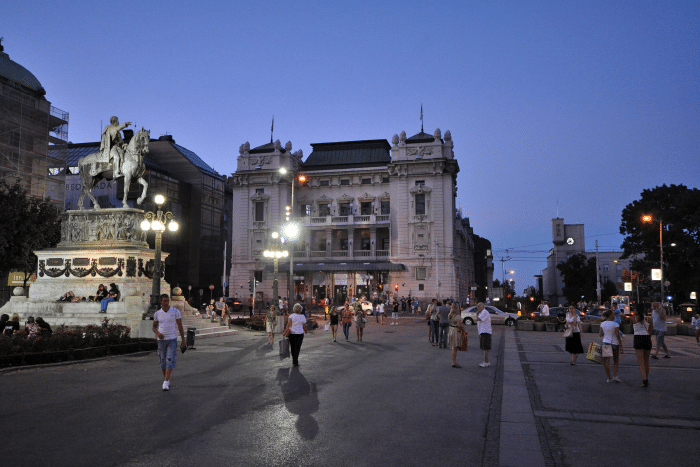
Surrounded by Vojvodina on three sides, the central part of Belgrade is situated on the right bank of Danube. Banat Plain, with a lower population density suburbs, is on the left side. A newer part of the city known as New Belgrade is located between the Danube and Sava rivers.
The historic city is well-known for its arts scene and many theatres, such as the Atelier 212, Madlenianum, Yugoslav Drama Theatre, and Belgrade Drama Theatre. Belgrade also has the famous Academy of Sciences, National Archives, as well as the very recognisable Belgrade Philharmonic Orchestra, for which season tickets disappear in the first ten days of sales.

Belgrade hosts exceptional events, including traditional festivals such as the FEST Film Festival, Belgrade Theatre Festival, Belgrade Summer Festival, and Belgrade Music Festival. During the summer – which lasts from June to September – you’ll get to visit a great season of outdoor concerts and beer.
At night, experience for yourself the almost legendary nightlife of Belgrade in Skadarlija and Strahinjica Bana, where you’ll find many great bars and renowned clubs, as well as visitors from all over the world.
Here are the places in Belgrade you absolutely need to check out.
Kalemegdan
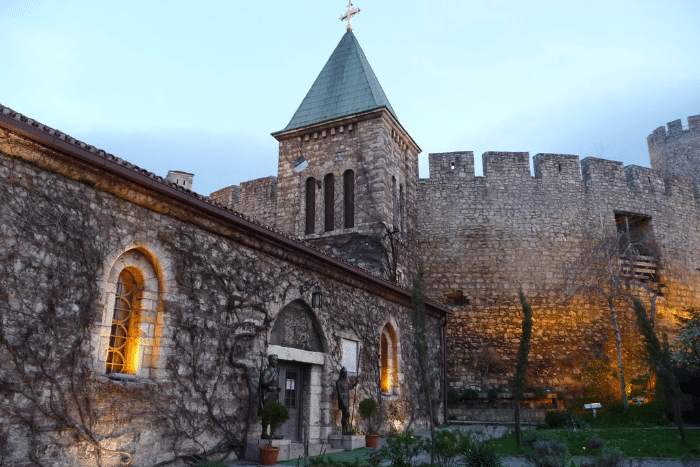
The fortress is one of Belgrade’s most important historical monuments, where you can still see remnants of the city’s distant past (founded as a small fortified village in the first century BC, it continued to evolve until the second half of the eighteenth century). Together with artillery structures from the mid-eighteenth century, there are also medieval walls, towers, gates, as well as Byzantine and Roman ruins.
Just a few facts: over the last 2300 years, around 115 combats were fought here and it was razed to the ground 44 times during attempts by invaders. The base of the fortress makes the Upper Town, which can be reached via several massive gates and bridges.
The main entrance is Stambol Gate, built by the Austrians during their rule of northern Serbia around 1718-1739. Much of the Upper Town today is a park and popular strolling route for Belgradians. With gorgeous view of the river, it’s also a romantic spot for young couples.
Temple of Saint Sava
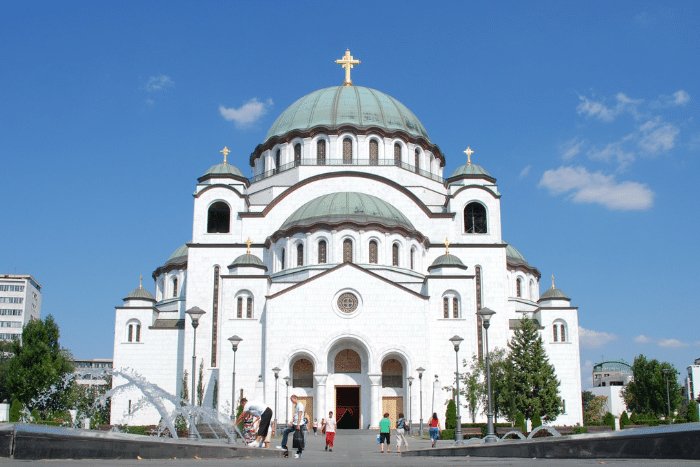
One of the largest Orthodox churches in the world, construction of the Temple of Saint Sava began in 1935, but was continuously interrupted by numerous wars, Hitler, communism and the lack of resources. Its huge dome (weighing 4000 tons alone) makes the church one of the most prominent landmarks of Belgrade. This is also the same place where Ottoman Grand Vizier Sinan Pasha (son of the founder of the independent Serbian Orthodox Church) burned the relics of Saint Sava in 1595.
Nikola Tesla Museum
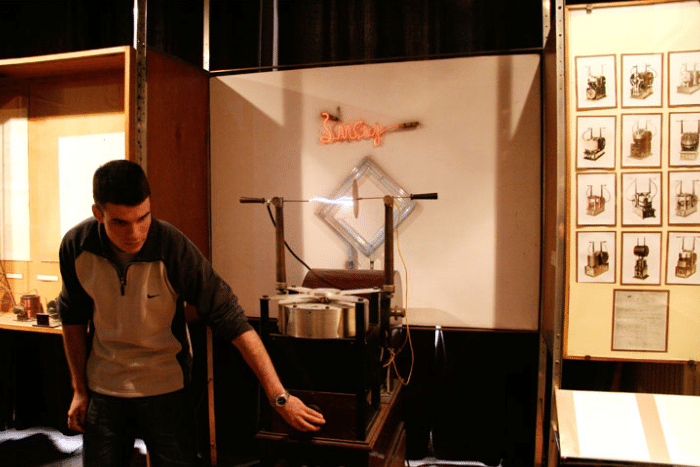
Dedicated to the world-renowned Serbian hero Nikola Tesla (he discovered alternating current), this is one of the most interesting museums in Belgrade. In addition to fascinating demonstrations of his inventions, you can see the spaces where Nikola Tesla dedicated his life and work, authentic documents, as well as the setting on the development of electricity and magnetism science.
House of Flowers
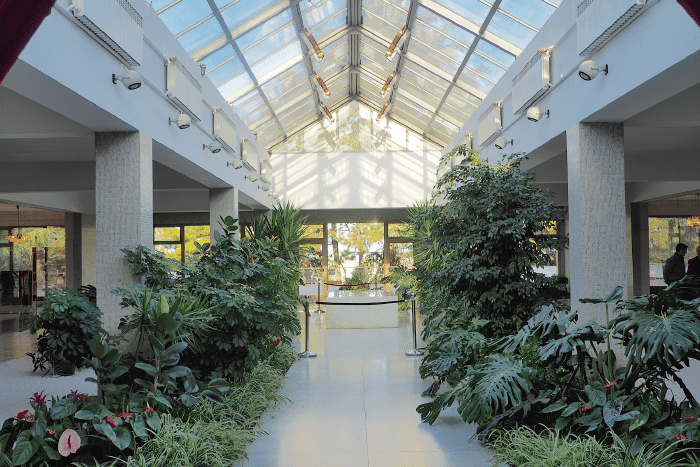
The House of Flowers is the mausoleum where the former president of Yugoslavia, Josip Broz Tito, was buried. Tito died in 1980, and the honour guard, who looked after the grave, was withdrawn in 1992. Part of the Museum of the History of Yugoslavia, here you can see all the Relays of Youth batons that were carried from 1945, the memorial room, as well as various rare photographs.
Knez Mihailova Street
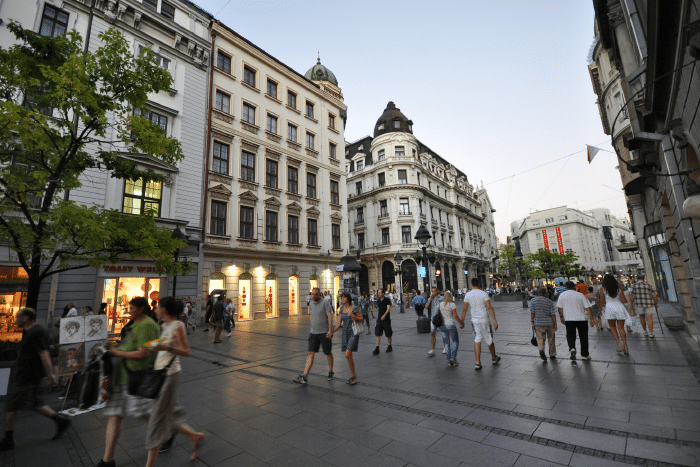
Located in the heart of Belgrade’s city center, this main pedestrian street is a destination that you must see. Keeping the same appearance it possessed back in the 20th century, you’ll be enthused by the houses of the richest citizens of Belgrade (before the Second World War). Walking down Knez Mihailova, be sure to check out the building of the Serbian Academy of Arts and Sciences or lounge in the widely famous Hotel Moscow.
And that, folks, is how you spend a weekend in Belgrade.
Top Image: lab604

